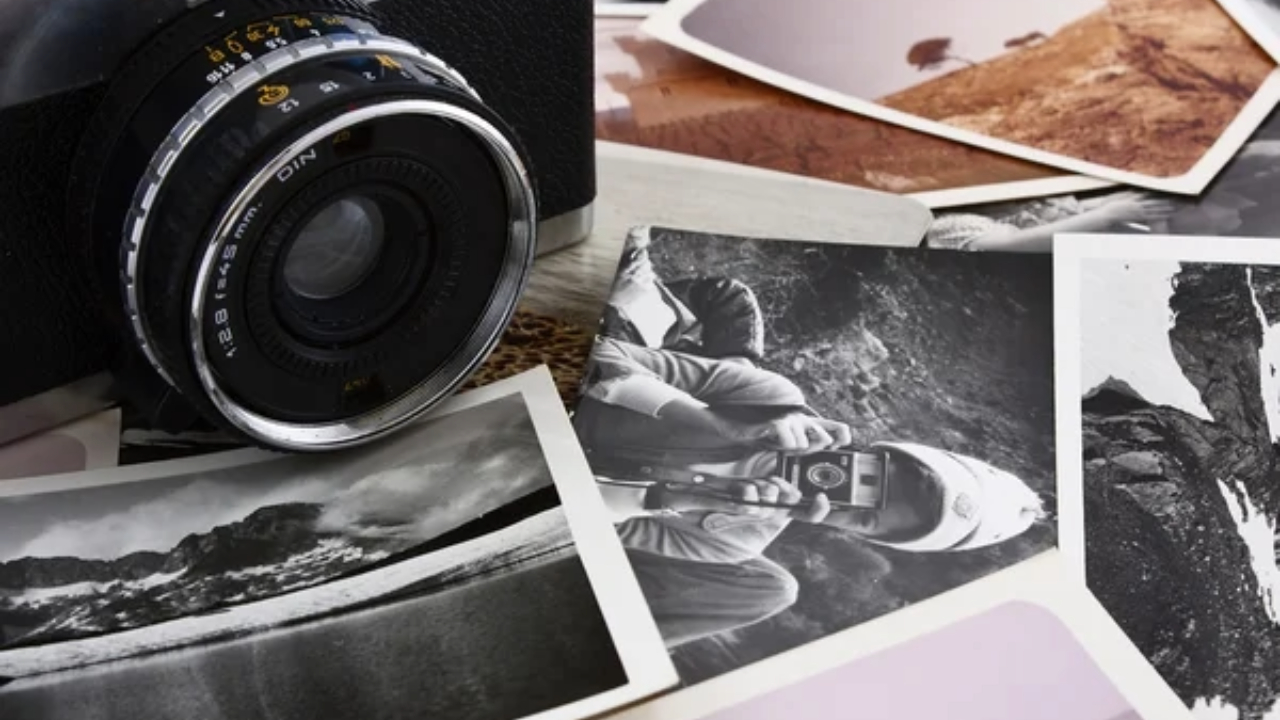A fotografia é uma arte acessível a todos, graças aos avanços tecnológicos que tornaram as câmeras mais acessíveis e fáceis de usar. No entanto, para realmente dominar a fotografia e capturar imagens que se destacam, é necessário mais do que apenas apontar e clicar. Este guia foi criado para ajudar iniciantes a entenderem as ferramentas essenciais e as técnicas básicas necessárias para dar os primeiros passos na fotografia. Com paciência, prática e conhecimento, você pode transformar suas fotos de amadoras em profissionais.
Ferramentas Essenciais
Câmera
A primeira e mais óbvia ferramenta para qualquer fotógrafo é a câmera. Existem vários tipos de câmeras disponíveis, cada uma com suas vantagens e desvantagens:
- Smartphone: As câmeras de smartphones modernos são altamente avançadas e perfeitas para iniciantes. Elas são convenientes e vêm com muitos recursos automáticos que ajudam a tirar boas fotos.
- DSLR (Digital Single-Lens Reflex): As câmeras DSLR são populares entre fotógrafos iniciantes e profissionais devido à sua versatilidade, qualidade de imagem e capacidade de troca de lentes.
- Mirrorless: Estas câmeras são mais compactas que as DSLRs e oferecem qualidade de imagem comparável. Elas também permitem a troca de lentes e são ideais para quem procura um equipamento mais leve.
Lentes
As lentes são tão importantes quanto a câmera. Elas determinam como a luz entra na câmera e afetam diretamente a qualidade da imagem. Existem diferentes tipos de lentes para várias situações:
- Lentes Prime: Têm uma distância focal fixa e são conhecidas por sua qualidade de imagem superior e maior abertura, o que permite fotografar em condições de pouca luz.
- Lentes Zoom: Permitem alterar a distância focal e são versáteis para uma variedade de cenários, desde paisagens até retratos.
- Lentes Macro: São usadas para fotografia de close-up, ideais para capturar detalhes minuciosos de pequenos objetos.
Tripé
Um tripé é essencial para estabilidade, especialmente em situações de pouca luz ou quando se usa longas exposições. Ele ajuda a evitar tremores e a manter a câmera fixa.
Software de Edição
Editar suas fotos é uma parte crucial do processo fotográfico. Softwares como Adobe Lightroom, Photoshop e até aplicativos móveis como Snapseed permitem ajustar a exposição, contraste, cor e muitos outros aspectos de suas imagens para aprimorá-las.
Técnicas Fundamentais
Composição
A composição é a maneira como os elementos são organizados na foto. Aqui estão algumas técnicas básicas:
- Regra dos Terços: Divida a imagem em nove partes iguais com duas linhas horizontais e duas verticais. Posicione os elementos importantes ao longo dessas linhas ou nos pontos onde elas se cruzam para criar uma composição equilibrada.
- Linhas Guias: Use linhas naturais na cena para guiar o olhar do observador através da foto. Isso pode adicionar profundidade e direção à imagem.
- Enquadramento: Use elementos na cena para criar um “quadro” ao redor do sujeito principal, adicionando contexto e profundidade.
Controle da Exposição
A exposição determina quanta luz entra na câmera. É controlada por três elementos principais:
- Abertura (f/stop): Controla a quantidade de luz que entra através da lente. Uma abertura maior (número f menor) permite mais luz e cria uma profundidade de campo rasa, ideal para retratos. Uma abertura menor (número f maior) é melhor para paisagens, onde você quer que tudo esteja em foco.
- Velocidade do Obturador: Determina quanto tempo o sensor é exposto à luz. Velocidades rápidas congelam o movimento, enquanto velocidades lentas podem criar um efeito de desfoque de movimento.
- ISO: Controla a sensibilidade do sensor à luz. Um ISO baixo é ideal para condições bem iluminadas, enquanto um ISO alto é usado em condições de pouca luz. No entanto, aumentar o ISO pode adicionar ruído à imagem.
Foco
O foco é crucial para garantir que o sujeito principal esteja nítido. A maioria das câmeras permite focar manualmente ou automaticamente. Para retratos, foque nos olhos do sujeito. Para paisagens, use uma abertura pequena para garantir que toda a cena esteja em foco.
Iluminação
A luz é a essência da fotografia. Entender como usar a luz natural e artificial pode transformar suas fotos:
- Luz Natural: Aproveite a luz suave da manhã ou do fim da tarde, conhecida como “hora dourada”. Evite a luz dura do meio-dia, que pode criar sombras indesejadas.
- Luz Artificial: Use flashes, refletores e luzes contínuas para iluminar o sujeito em ambientes internos ou à noite.
Prática e Desenvolvimento
Experimente Diferentes Estilos
Fotografar uma variedade de assuntos – paisagens, retratos, vida selvagem, arquitetura – ajudará a desenvolver suas habilidades. Cada estilo tem suas próprias técnicas e desafios.
Participe de Comunidades Fotográficas
Participar de grupos e fóruns online, como no Flickr ou Reddit, pode fornecer feedback valioso e inspirar novas ideias. Compartilhar seu trabalho e receber críticas construtivas é uma excelente maneira de crescer como fotógrafo.
Estude Fotógrafos Renomados
Analise o trabalho de fotógrafos profissionais para entender o que torna suas fotos únicas. Tente replicar suas técnicas para aprender e desenvolver seu próprio estilo.
Seja Paciente
A fotografia é uma habilidade que leva tempo para ser dominada. Não desanime com erros ou fotos que não saem como planejado. Cada falha é uma oportunidade de aprendizado.
Conclusão
Dominar a fotografia é uma jornada emocionante que combina técnica, criatividade e prática contínua. Com as ferramentas essenciais e as técnicas básicas abordadas neste guia, você estará bem equipado para capturar imagens impressionantes. Lembre-se de experimentar, praticar e, acima de tudo, se divertir ao explorar o mundo através das lentes da sua câmera.



